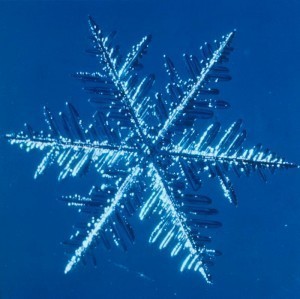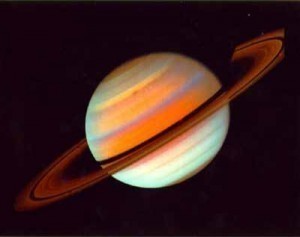Snowflake Dimensions
A snowflake usually starts out as a snow crystal,  particularly after a small cloud droplet freezes. It comes in different shapes and sizes. When the environment is cold, the flake develops into column-like form. On the other hand, a warm environment produces a flake that is flat and thin. A complex shape of a snowflake may form when it moves from one particular type of temperature to another. Furthermore, this is also possible when flakes develop in places where humidity levels change. In addition to these interesting details, it is also good to look at the snowflake dimensions.
particularly after a small cloud droplet freezes. It comes in different shapes and sizes. When the environment is cold, the flake develops into column-like form. On the other hand, a warm environment produces a flake that is flat and thin. A complex shape of a snowflake may form when it moves from one particular type of temperature to another. Furthermore, this is also possible when flakes develop in places where humidity levels change. In addition to these interesting details, it is also good to look at the snowflake dimensions.
The Dimensions of a Snowflake
The diameter of a single snowflake is approximately 10 micrometers. There are of course other sizes, but they are most probably close to this particular size. Because it is affected by different factors, it is normal for each snowflake to be nearly unique. When a flake undergoes the process of melting and re-freezing, it is very much possible for it to acquire a ball-shape form. In case this happens, a graupel is more likely to form rather than a flake, the examples of which are snow grain and ice pellet.
Additional Facts and Other Interesting Details
Before a snowflake form, it is usually in the form of a small cloud droplet. It remains a liquid as long as the temperature is below 0 degree Fahrenheit or -18 degrees Celsius. In clouds that are warmer, the droplet must possess an ice nucleus or an aerosol particle, or if not possible at least be in contact with the droplet, in order for homogeneous nucleation to take place. Factors that can contribute to this include biological particles, desert dust as well as clays.
In the case of cloud seeding, precipitation can be stimulated using different kinds of artificial stimuli such as particles of dry ice and silver iodide. After freezing, the droplet grows in the said environment, which is described as supersaturated. In this case, the air is usually saturated while the temperature is lower than the freezing point. Through the diffusion of water molecules, the droplet can grow to be collected later right on top of the ice crystal surface.
Each snowflake is described as unique. Based on scientific research, it is almost impossible for two separate flakes to be exactly alike. This is because the water molecules in every flake grow at varying patterns and rates, depending on the changing humidity and temperature of the atmosphere. Initial efforts to find identical flakes date back to 1885, led by photographer Wilson Alwyn Bentley. In 1988, similar snow crystals were found. However, there is yet any evidence supporting the existence of two exactly similar flakes.





